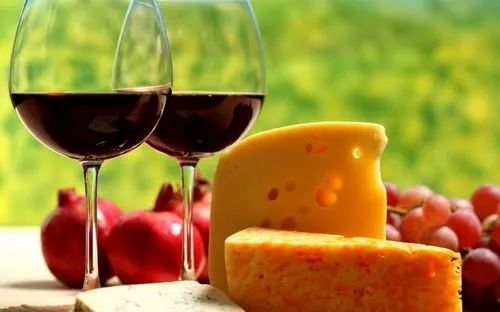Sometimes, a friend suddenly asks a question: The vintage of the wine you bought cannot be found on the label, and you don’t know which year it was made?
He thinks there may be something wrong with this wine, could it be fake wine?
In fact, not all wines must be marked with a vintage, and wines without a vintage are not fake wines. For example, this bottle of Edwardian sparkling white wine will be marked with “NV” (an abbreviation for the word “Non-Vintage”, which means that this bottle of wine has “no vintage”).
1.First of all, we need to know what the year here refers to?
The year on the label refers to the year the grapes were harvested, not the year they were bottled or shipped.
If the grapes were harvested in 2012, bottled in 2014, and shipped in 2015, the vintage of the wine is 2012, and the year to be displayed on the label is also 2012.
2. What does the year mean?
The quality of wine depends on craftsmanship for three points and raw materials for seven points.
Year shows the climatic conditions of the year such as light, temperature, precipitation, humidity and wind. And these climatic conditions just affect the growth of grapes.
The quality of the vintage directly affects the quality of the grapes themselves. Thus, the quality of the vintage also greatly affects the quality of the wine.
A good year can lay a good foundation for the production of high-quality wine, and the year is very important to wine.
For example: the same variety of grapes planted in the same vineyard by the same winery, even if brewed by the same winemaker and processed by the same aging process, the quality and flavor of the wines in different years will be different, which is the charm of the vintage.
3. Why are some wines not marked with a vintage?
Since the year reflects the terroir and climate of that year and plays a vital role in the quality of the wine, why are some wines not marked with the year?
The main reason is that it does not comply with legal regulations: in France, the requirements for AOC-grade wines are relatively strict.
Wines with grades below AOC that are blended across years are not allowed to indicate the year on the label.
Some brands of wine are blended over several years, year after year, in order to maintain a consistent style of wine produced each year.
As a result, the relevant laws and regulations are not met, so the wine label is not marked with the year.
Some wine merchants, in order to pursue the ultimate taste and variety of wines, blend several wines of different years, and the wine label will not be marked with the year.
4. Does buying wine have to look at the year?
Although vintage has an important impact on wine quality, not all wines do.
Some wines don’t improve much even from the best vintages, so don’t necessarily look at the vintage when buying these wines.
Table wine: Generally, ordinary table wine itself often does not have the complexity and aging potential, because whether it is a top year or a mediocre year, it has little effect on the quality of the wine.
Most of these wines are entry-level wines, the price is around tens of yuan, the output is very high, and they are simple and easy to drink.
Most New World wines: Most New World wine regions have a warmer, drier climate that also allows for irrigation and other more human interventions, and overall the difference in vintage is less pronounced than in the Old World.
So when buying New World wines, you usually don’t have to think too much about the vintage, unless it’s some very top-end wine.
Post time: Oct-09-2022


